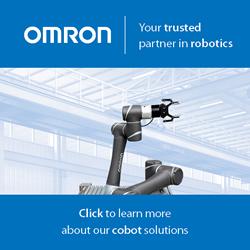NRL-Developed Micro-UAV Named POPULAR SCIENCE ‘Best of What's New'
The small glider Close-in Covert Autonomous Disposable Aircraft (CICADA) developed by U.S. Naval Research Laboratory (NRL) aerospace engineers, Aaron D. Kahn and Dr. Daniel J. Edwards, has been named ‘2015 Best of Whats New by the distinguished science and technology publication, POPULAR SCIENCE.
WASHINGTON--(BUSINESS WIRE)--The small glider Close-in Covert Autonomous Disposable Aircraft (CICADA) developed by U.S. Naval Research Laboratory (NRL) aerospace engineers, Aaron D. Kahn and Dr. Daniel J. Edwards, has been named ‘2015 Best of Whats New by the distinguished science and technology publication, POPULAR SCIENCE.
The CICADA unmanned aerial vehicle (UAV) is a low-cost, GPS-guided micro disposable air vehicle that can be deployed in large numbers. Having no source of propulsion onboard, the small craft is released from another airborne platform at altitude and the CICADA then glides to its destination. Its lack of a motor and small size makes it nearly undetectable in flight.
"Essentially a flying circuit board, CICADA is inherently stable in glide and is designed for launch from manned or unmanned aircraft, balloons, or precision guided munitions," Edwards says. "After deployment, CICADA glides to a waypoint, enters an orbit, and then descends within that orbit until it reaches the ground, typically landing with an average error of fifteen feet from the commanded orbit."
Having a 3.5 to 1 glide ratio, CICADA allows sensors to be deployed at very comfortable standoff distances. In the air, meteorological, chemical, or biological measurements can be taken, quickly sampling a large volume of the sky. Once on the ground, communication nodes will be established.
The POPULAR SCIENCE 28th Annual Best of Whats New Award nominates ideas that are revolutionary, that transform their category, solve an unsolvable problem, and incorporate entirely new ideas, and functions, i.e., the product or technology must exist and must be demonstrable and testable.
The Naval Research Laboratory is the Navy's full-spectrum corporate laboratory, conducting a broadly based multidisciplinary program of scientific research and advanced technological development. The Laboratory, with a total complement of nearly 2,500 personnel, is located in southwest Washington, D.C., with other major sites at the Stennis Space Center, Miss., and Monterey, Calif. NRL has served the Navy and the nation for over 90 years and continues to meet the complex technological challenges of today's world. For more information, visit the NRL homepage or join the conversation on Twitter, Facebook, and YouTube.
Featured Product

